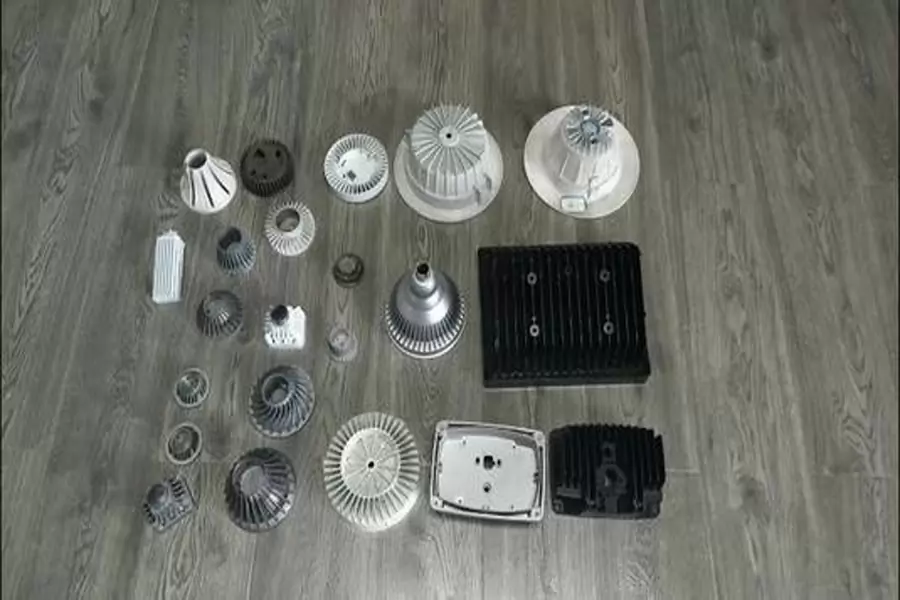
The generation of subcutaneous pores is a comprehensive reaction of improper operation of various links and procedures in the casting process. The reasons for formation are complex, and there are many influencing factors.
Everyone is involved, and every process should arouse everyone’s attention.Subcutaneous porosity in castings refers to the formation of gas pockets beneath the surface of a casting.
This issue can lead to structural weaknesses and compromise the integrity of the cast part. Addressing subcutaneous porosity requires a combination of preventive measures and corrective actions during the casting process.
Some Measures And Suggestions To Solve This Problem
Here are some measures and suggestions to solve this problem:
- Proper Mold Design and Preparation: Ensure that the mold design allows for proper venting to facilitate the escape of gases during casting. Proper gating and riser design are also crucial to prevent trapped gases.
- Optimized Pouring and Gating System: Use gating systems that minimize turbulence during pouring, as excessive turbulence can entrain air and cause porosity. Additionally, ensure that the pouring temperature and rate are optimized to minimize gas entrapment.
- Use of Degassing Agents: Incorporate degassing agents into the melt to remove dissolved gases such as hydrogen and oxygen. This can help reduce the formation of gas bubbles during solidification.
- Controlled Solidification Rate: Control the cooling rate of the casting to promote uniform solidification and minimize the formation of shrinkage and gas porosity. Proper insulation and cooling techniques can help achieve this.
- Optimized Alloy Composition: Choose alloy compositions that are less prone to gas formation during solidification. Some alloys inherently have better degassing properties than others.
- Vacuum or Pressure Casting: Utilize vacuum or pressure casting techniques to further reduce the likelihood of gas porosity. These methods help evacuate air from the mold cavity and promote denser, more uniform castings.
- Post-Casting Treatments: Implement post-casting treatments such as heat treatment or hot isostatic pressing (HIP) to close any remaining pores and improve the mechanical properties of the casting.
- Quality Control and Inspection: Implement rigorous quality control measures, including non-destructive testing techniques such as X-ray or ultrasound, to detect and identify porosity issues early in the process.
- Process Optimization and Continuous Improvement: Continuously monitor and analyze the casting process to identify areas for improvement and implement corrective actions. This may involve adjusting parameters such as pouring temperature, mold preheating, or alloy composition.
- Training and Education: Ensure that personnel involved in the casting process receive proper training and education on best practices for preventing and addressing porosity issues. Knowledgeable operators can help identify potential problems and implement solutions effectively.
By combining these measures and suggestions, you can effectively reduce or eliminate subcutaneous porosity in castings, leading to higher-quality components with improved mechanical properties and reliability.
Hot Metal Smelting
- When the raw materials are loaded into the furnace, they must be compact and minimize the space to reduce the hot metal inhalation and oxidation.
- In each furnace of molten iron melting process, thoroughly remove the slag at least 2-3 times, and after removing the slag, cover the molten iron with slag accumulation and insulation materials in time to avoid long-term contact of the molten iron with air to inhale and oxidize.
- For the molten iron, the waiting time at high temperature should not exceed 10-15 minutes, otherwise the quality of the molten iron will be seriously deteriorated and become “dead water”.
- The tapping temperature should not be lower than 1540±10℃. After tapping, the slag should be removed in time, and at the same time covered with slag heat-preserving agent to prevent the molten iron from cooling and oxidizing.
- Recarburizers that do not meet the standards are prohibited.
Inoculants
- It should be baked at 300-400℃ before use to remove the adsorbed moisture and crystal water.
- The particle size of the inoculant is 5-10mm. 3. The aluminum content of the inoculant is less than 1%.
Pouring
- Large and small bags must be dried thoroughly. Wet bags are forbidden to use. It is strictly forbidden to replace drying with hot metal bags.
- Increase pouring temperature, quick pouring at high temperature. Pouring principle: slow-fast-slow. Practice has proved that increasing the pouring temperature by 30-50°C can greatly reduce the occurrence of porosity. When pouring, the molten iron should always be filled with the sprue, with continuous flow in the middle, so as to quickly establish the static pressure of the molten iron and resist the intrusion of interface gas.
- Small ladle hot metal is forbidden if the temperature is lower than 1350℃, it should be used after returning to the furnace to raise the temperature. 4. Strengthen the slag blocking and slag shielding, and remove the oxide scale in time to prevent it from being brought into the cavity.
Sand Mixing
- Strictly control the moisture of the molding sand not more than 3.5%.
- The air permeability of the molding sand is controlled at 130-180, the wet compressive strength is 120-140KPa, the compaction rate is 35-38%, and the surface hardness of the molding sand is >90.
- Use high-quality bentonite and coal powder.
- Add new sand as required.
- At the end of the sand mixing every day, the excess sand should be recovered, and the sand mixer should be thoroughly cleaned and cleaned.
Mold And Modeling
- The parting surface of the mold should be equipped with vent grooves or vents and dark air chambers to reduce gas pressure.
- Add a dark gas chamber to the mold to reduce gas pressure.
- Sprinkle cryolite powder on the runner or sand core (the amount will be determined after passing the test).
Core Making
- The water content of silica sand is less than 0.2%, and the mud content is less than 0.3%.
- Core making process: Before sand mixing, silica sand needs to be heated to 25-35°C, first add component 1 to the sand and mix for 1-2 minutes, then add component 2, and continue mixing for 1-2 minutes. The addition amount of the two components is 0.75% of the mass fraction of sand.
- Due to the high sensitivity of polyisocyanate to water, the storage time of the prepared sand core should not exceed 24 hours.
- Too high concentration and residual amount of triethylamine may cause subcutaneous pores in castings.
The Detail Of BE-CU Die Casting Company

If you are looking for dependable volume manufacturing metal parts supplier with High pressure die casting service who offers you competitive price, good service and quality for aluminium die casting, zinc, or magnesium die casting, then BE-CU Prototype are surely a partner you are looking for to fulfill all your die casting needs. With quality service and state of art technology, BE-CU indeed claim in providing quality pressure die casting including aluminum/zamak/magnesium alloy castings to our customers all over the world.
To work with us,be-cu don’t just stop at taking your order and delivering your die casting products. be-cu are there for you at every step right from your preferred selection of aluminum die casting, Zamak die casting (Zamak 2, Zamak 3, Zamak 5, Zamak 8) or magnesium die casting products and services to post-order phase. In brief, once you become our customer, be-cu are with you every step on the way.
-
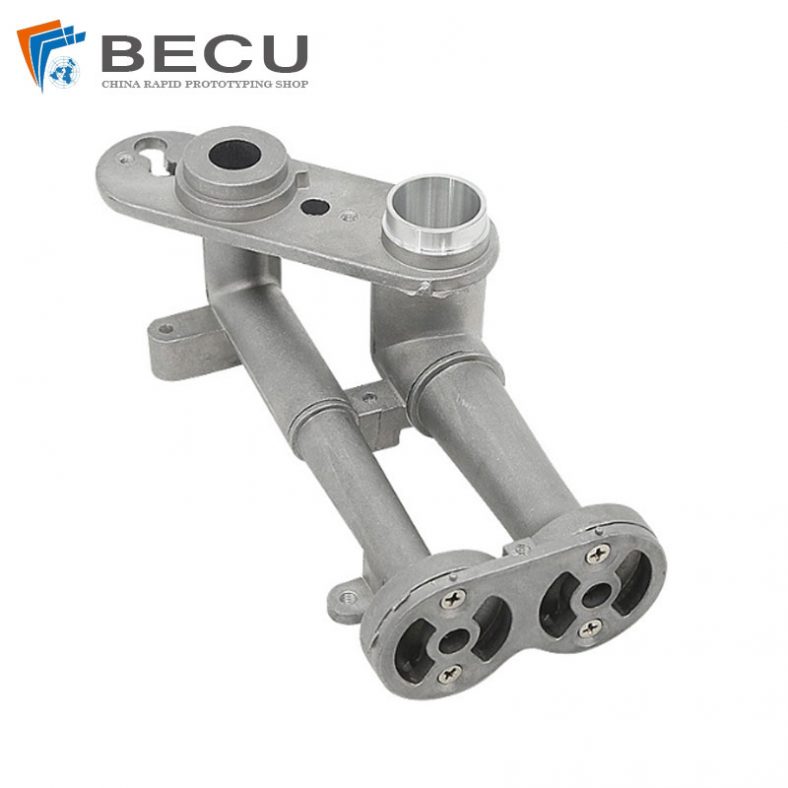
CNC Machining Gas Stove Bottom Joint
-

Gravity Die Casting Custom Street Light Heat Sink
-
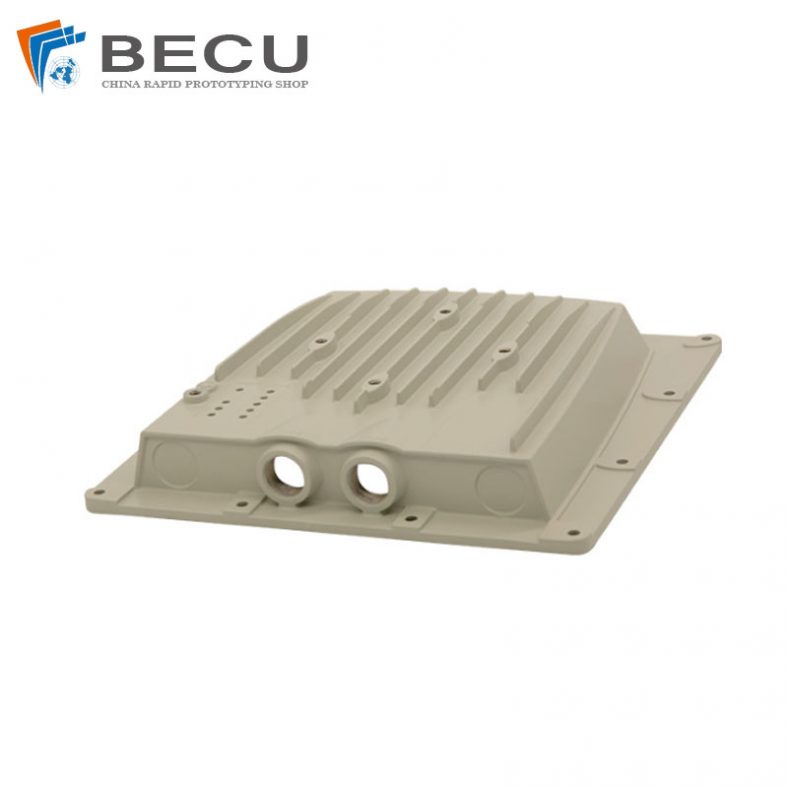
Die Casting LED Canopy Lights Heatsink For Gas Station
-
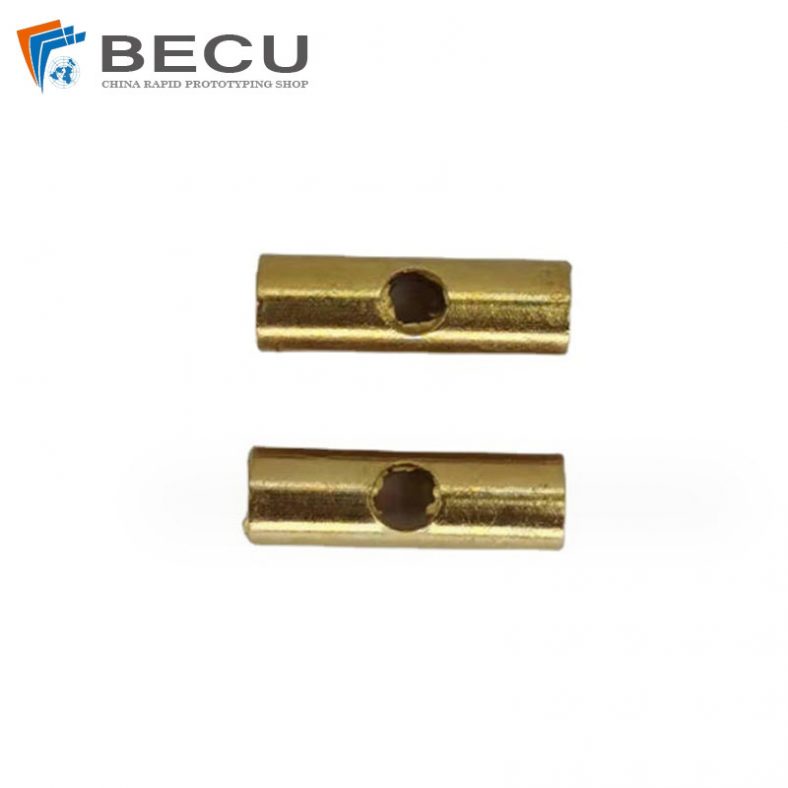
Zinc Die Casting PA10 Transformer Connector Terminal
-
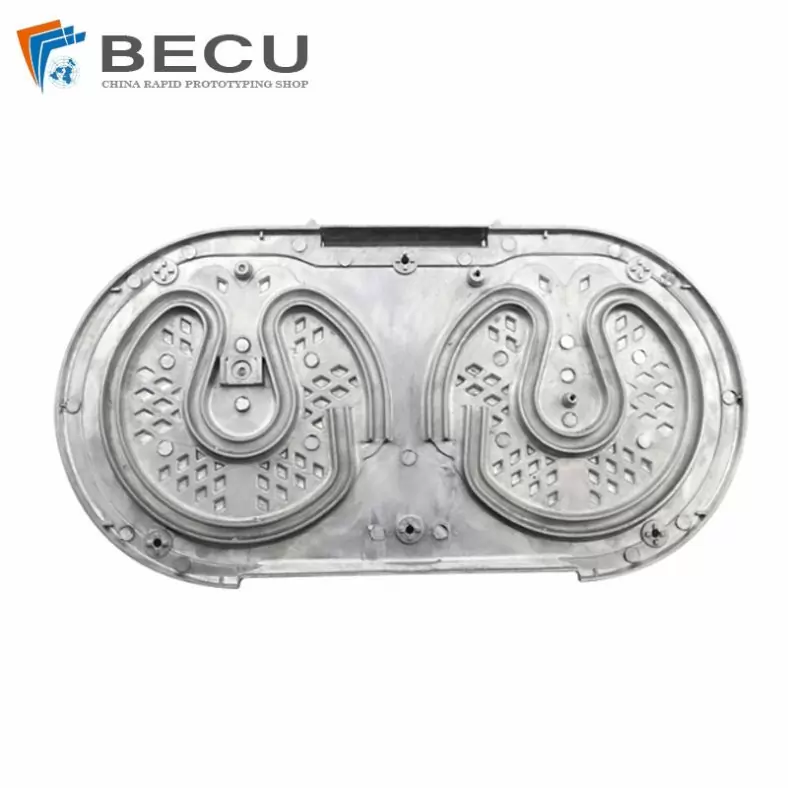
Die Casting Aluminium Cookware Chassis
-

Die Casting Wheels With Aluminum Alloy 5 Axis CNC Machining
-
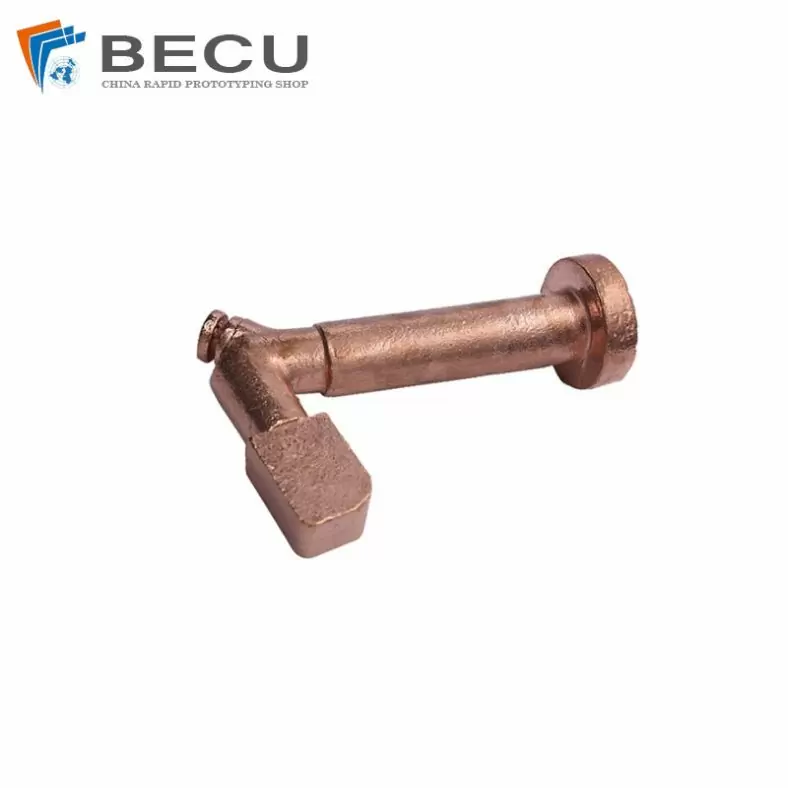
Precision Machined Copper Die Casting Parts
-
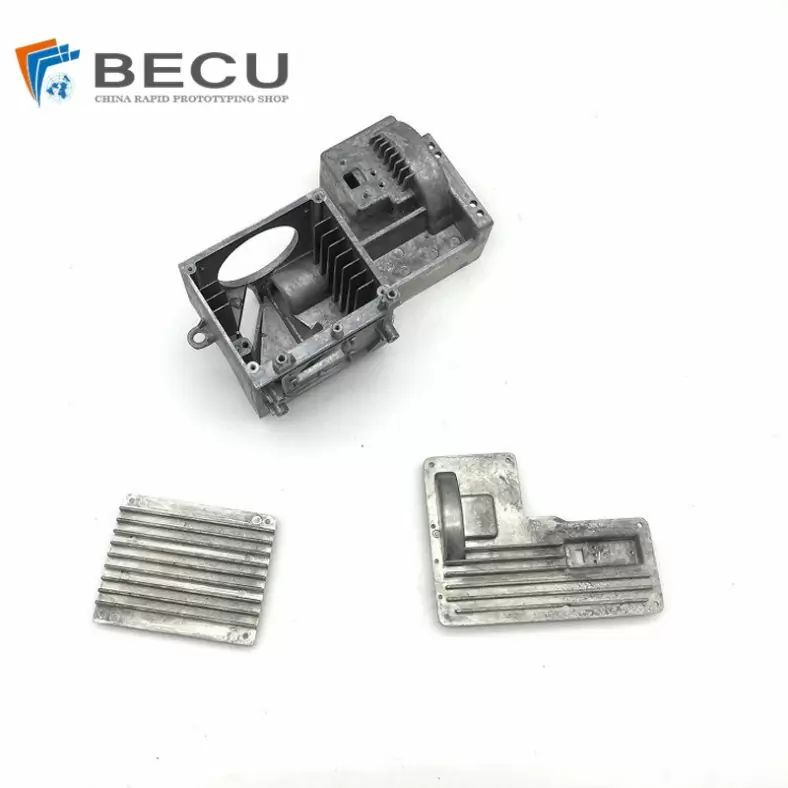
Professional Small Baler Aluminum Alloy Die-casting Mold Production
-
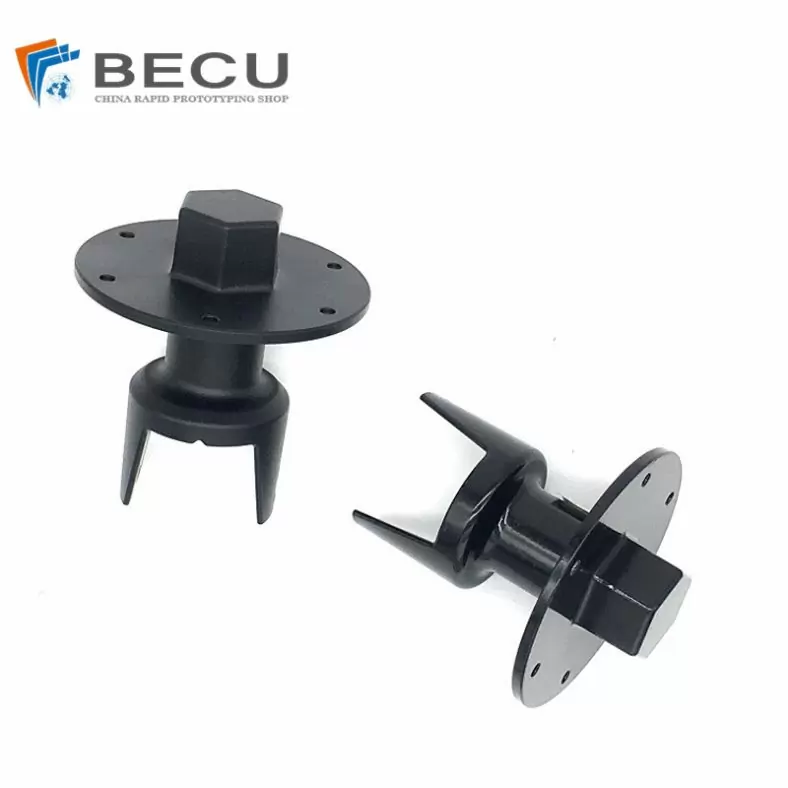
China Die Casting Factory Manufactures Surface Sprayed Aluminum Valve Body
-
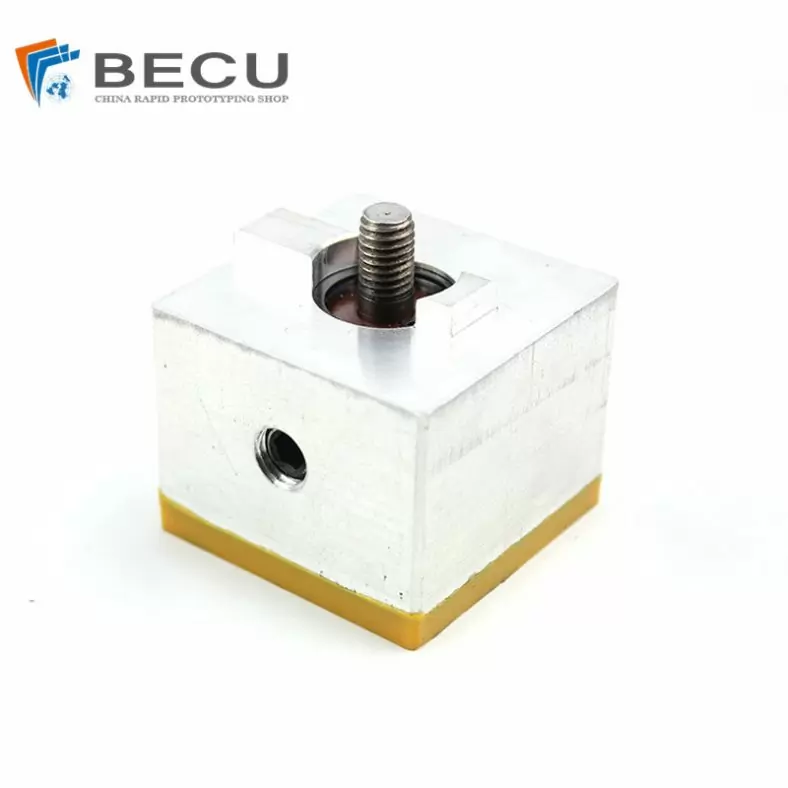
Extrusion Die-casting Polyurethane-Coated Aluminum Alloy Profiles
-

Custom Precision Aluminum Die Cast Brackets and Finishes
-
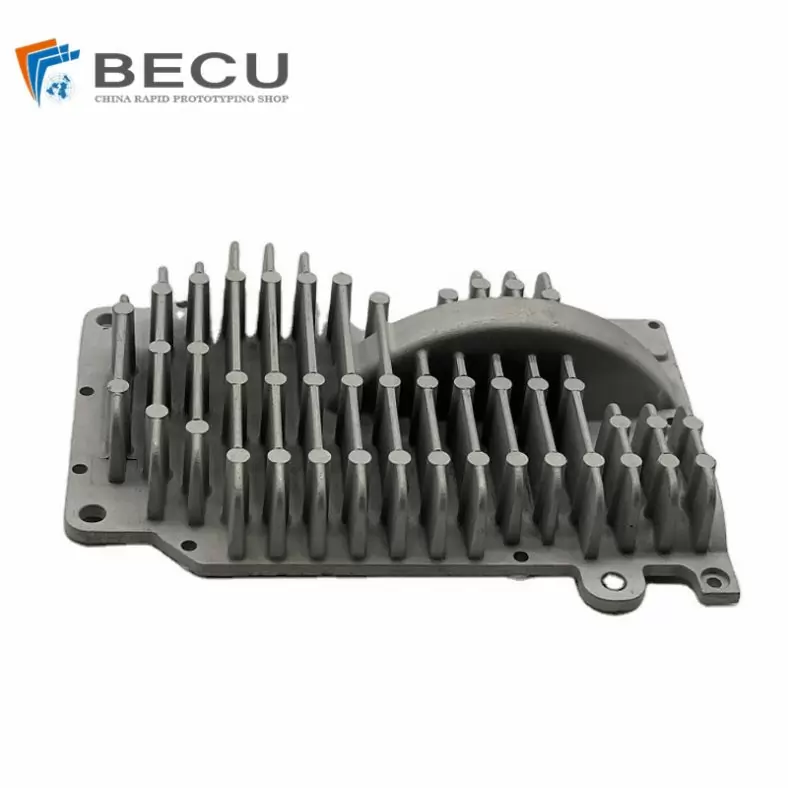
Extrusion Die-casting Magnesium Alloy Heat Sink Shell
